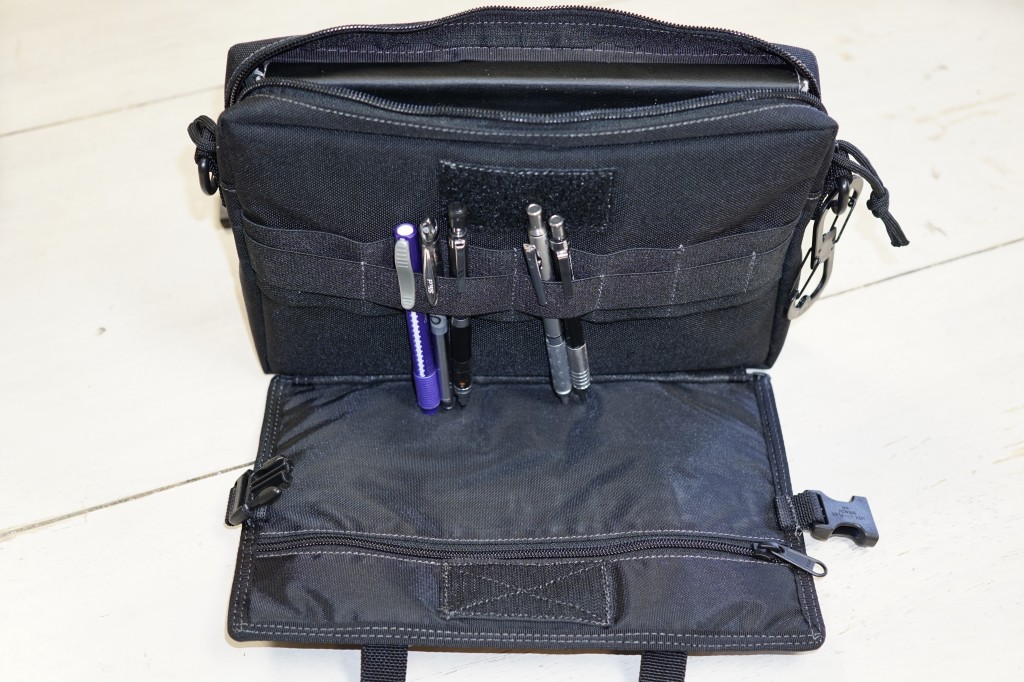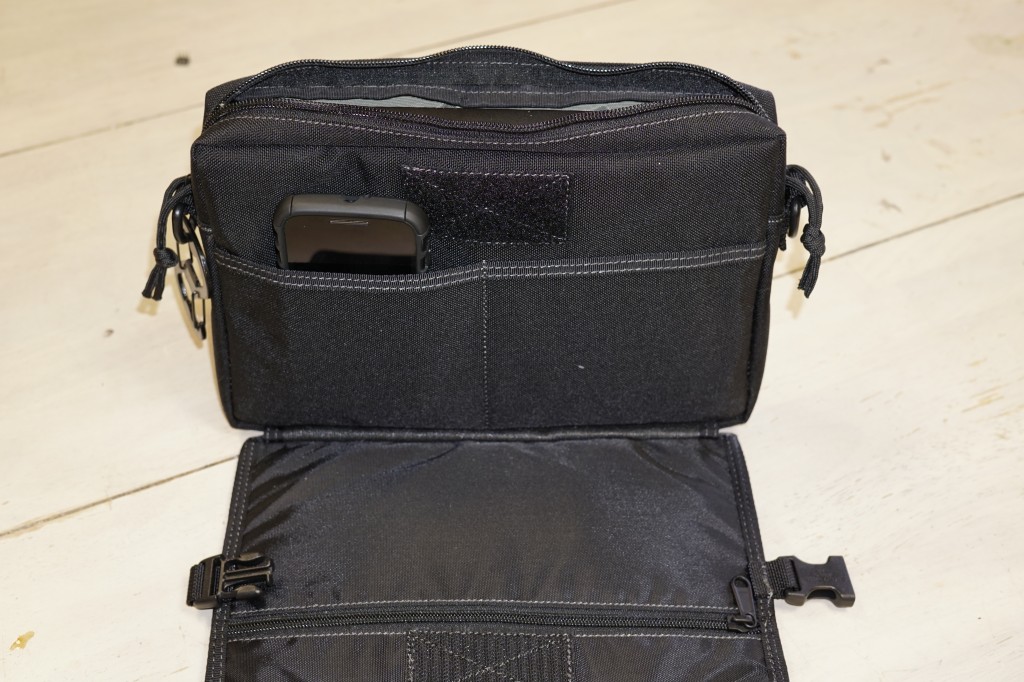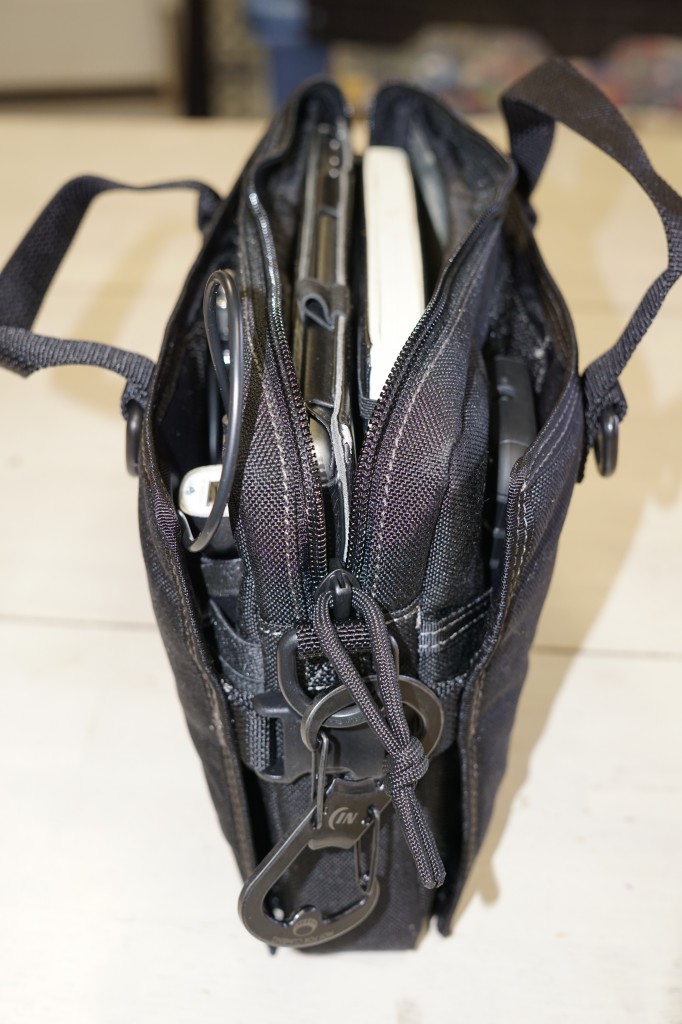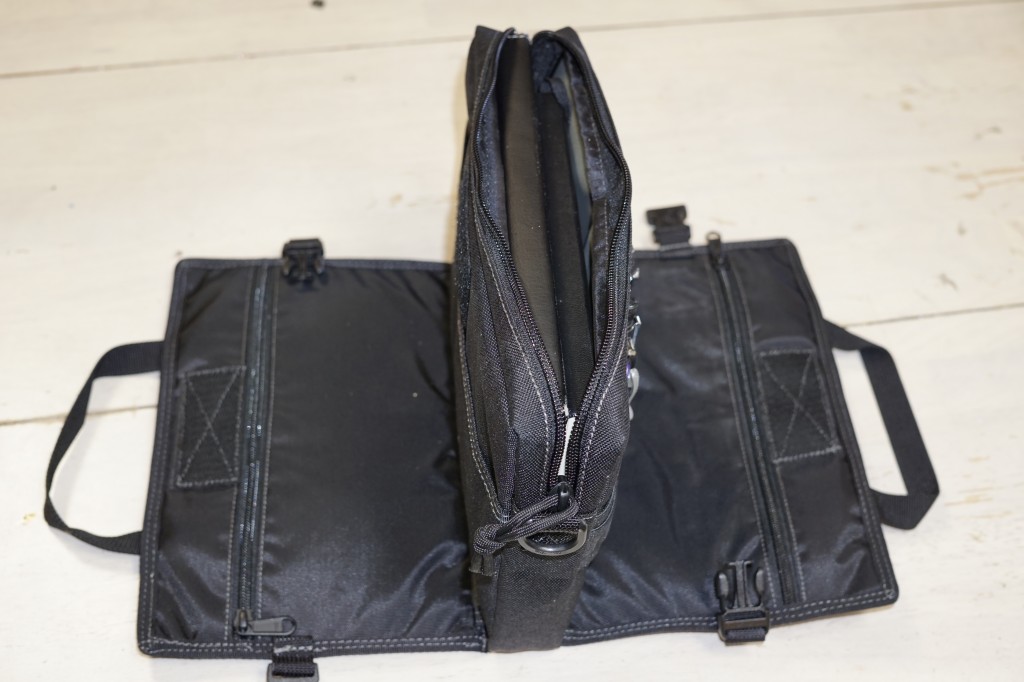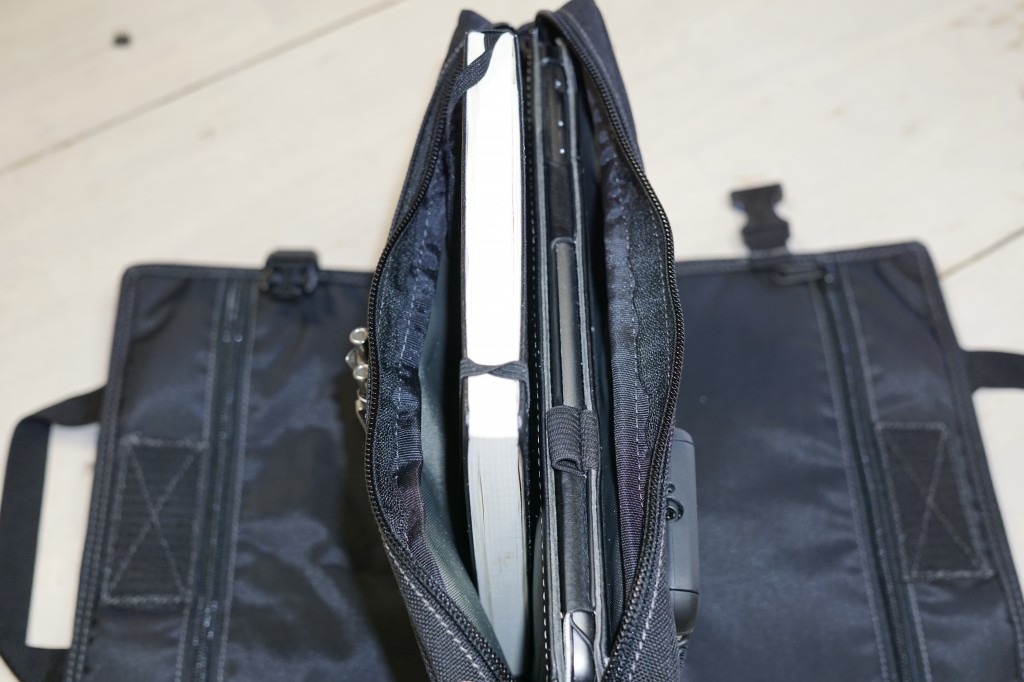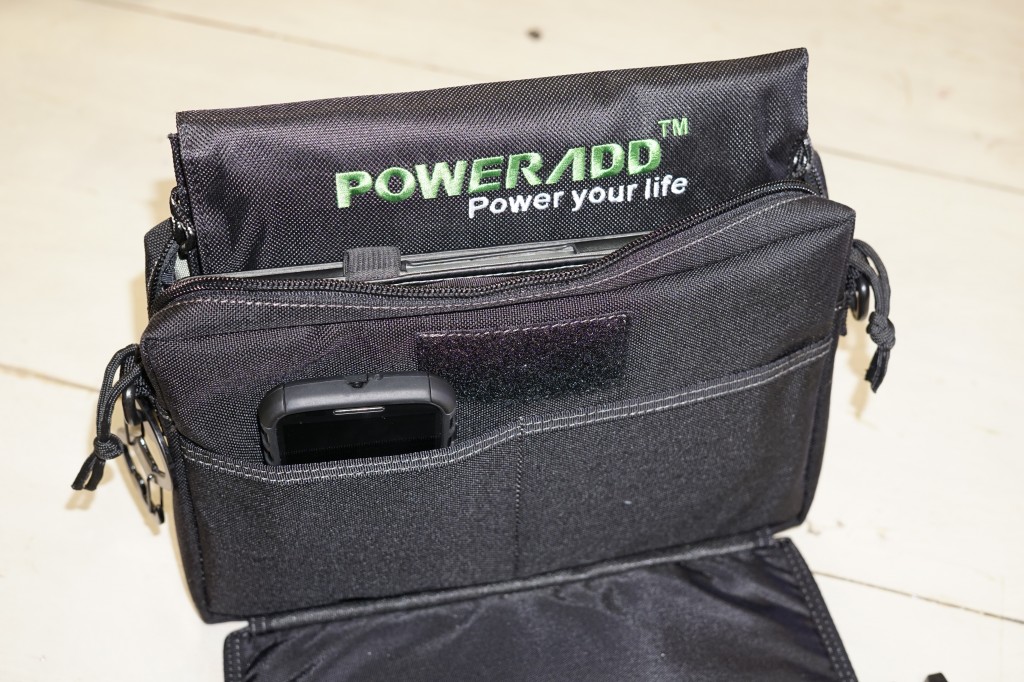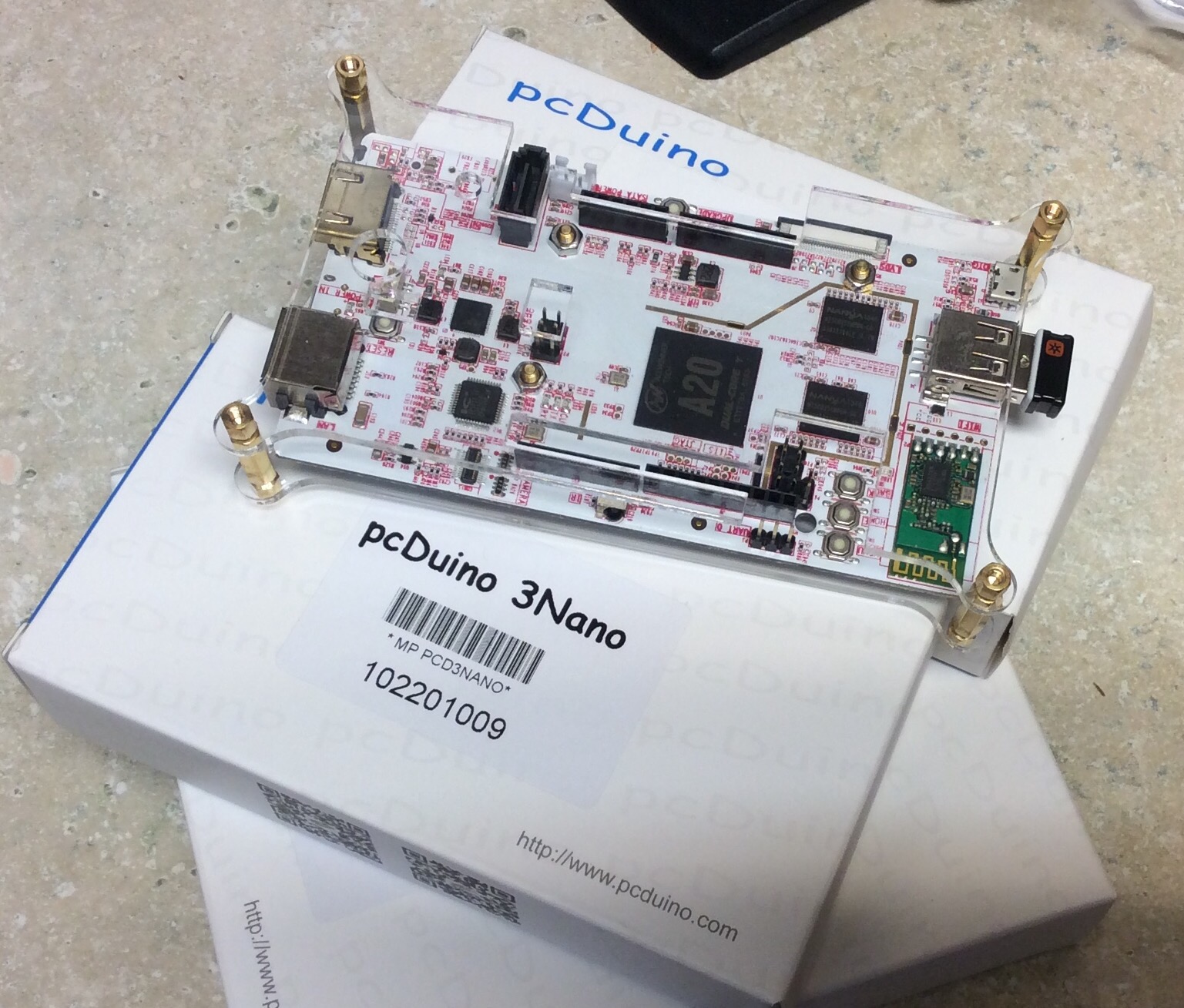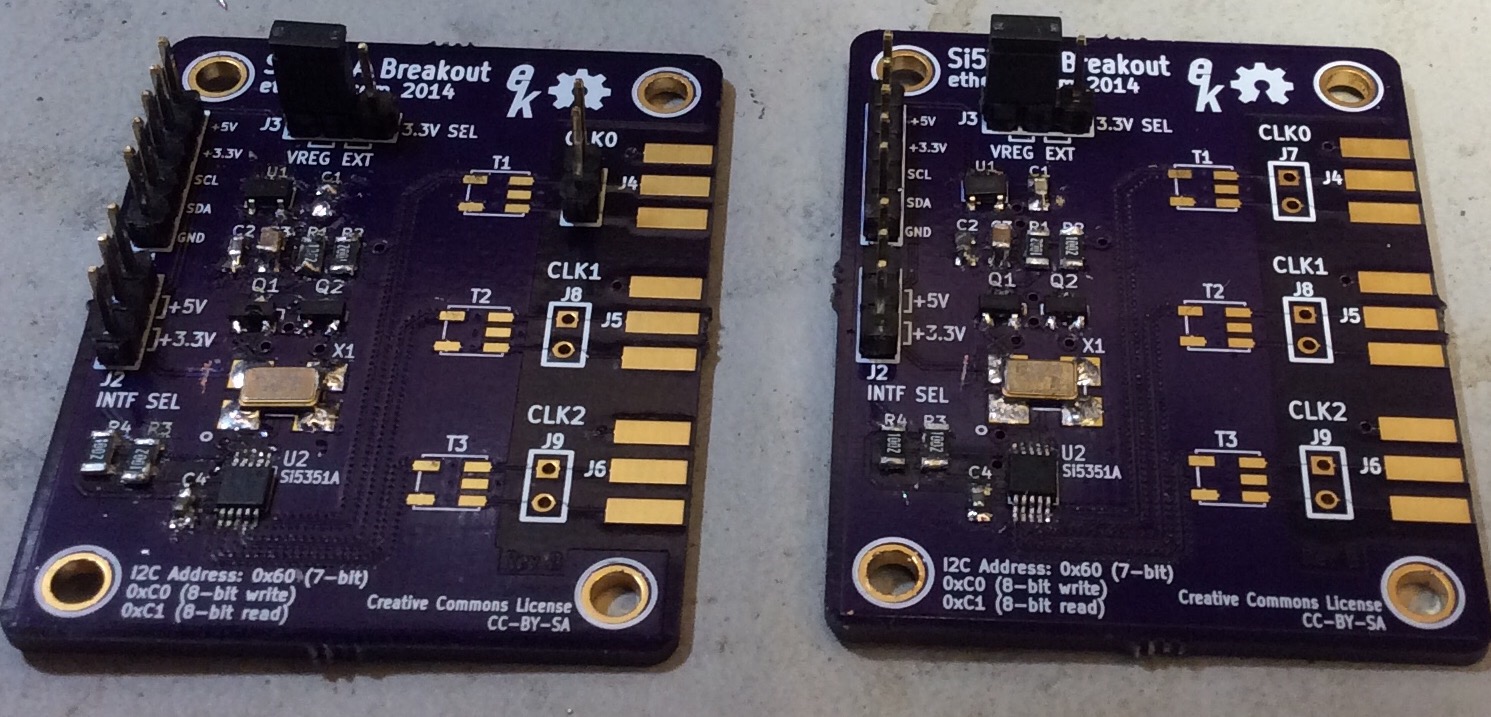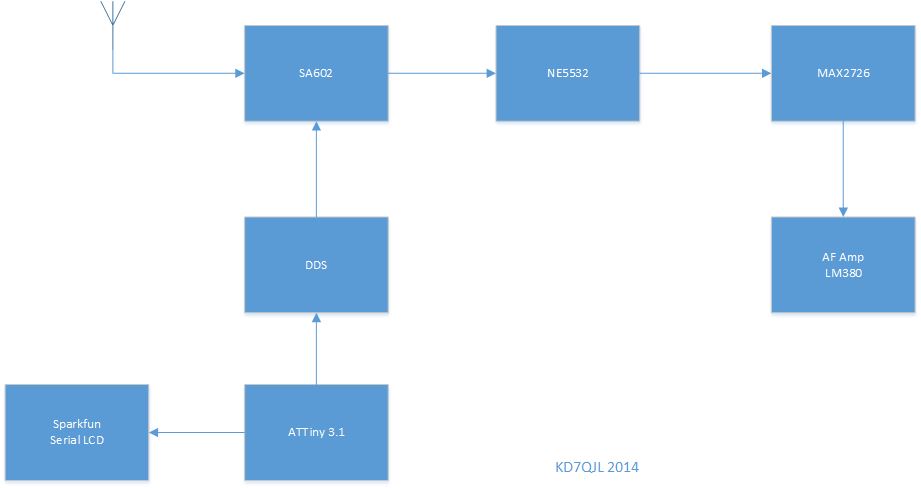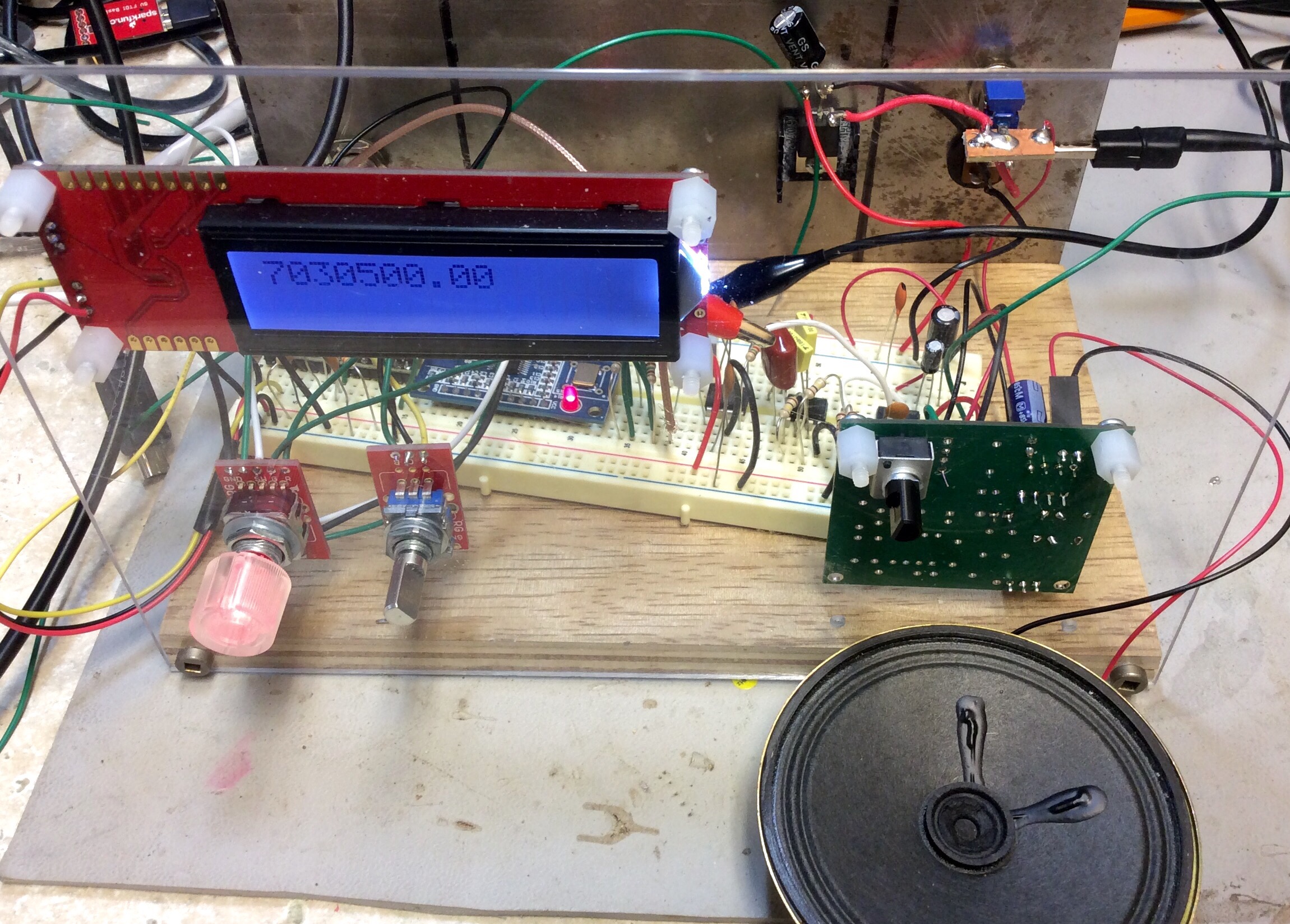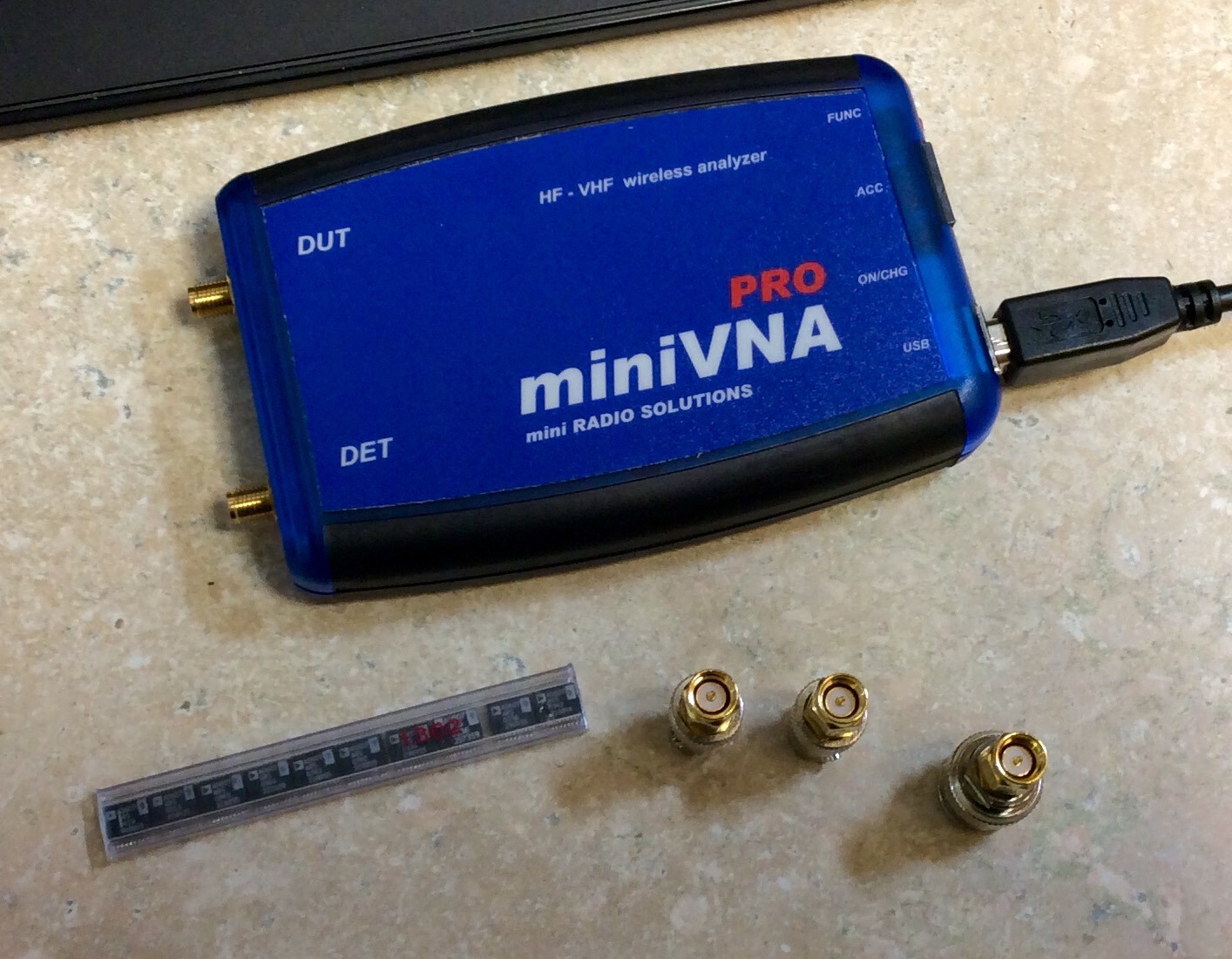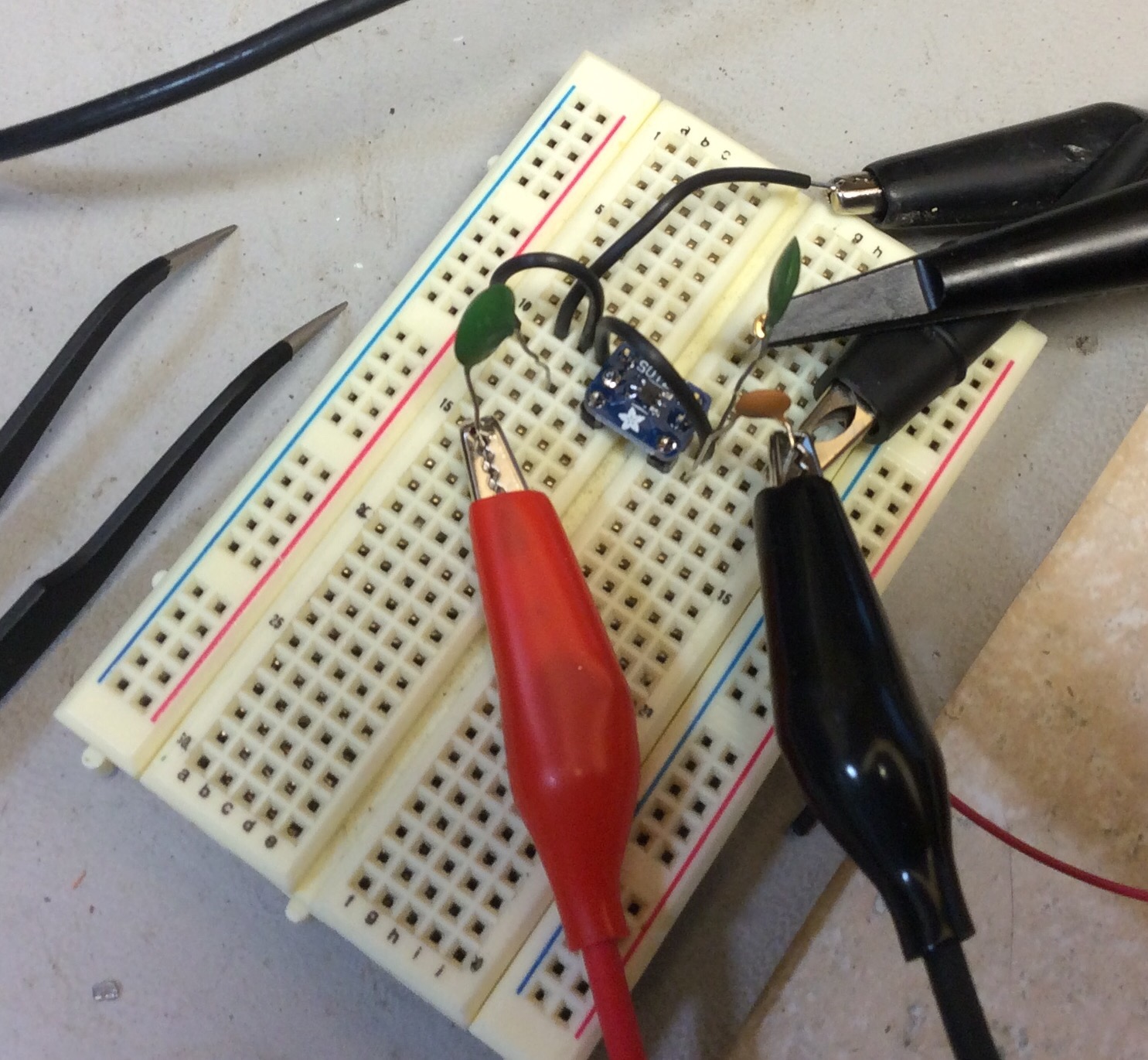One of Maxpeditions new product offerings right at the end of 2014 was the Triptych line of personal organizers. Various re-sellers were preselling them and I waited three months to get one. Just checking Amzon, there is only one listed: Triptych Organizer, Black – PT1181B
This organizer has a handle, two side pockets that are big enough for pens, a phone, and a pocket folder, but nothing larger. I purchased the large model because inside pocket is big enough for a notebook and an iPad Air, or alternately a tablet and a solar panel. I purchased a discounted Poweradd 7W solar panel and it fits nicely with my iPad.
The downside with an organizer like this is that I keep trying to put too much stuff in it. With a notebook and a tablet, there is no place for my keys. I had my keys jangling around on one of the shoulder strap loops on the end, but I hate having my keys jangle.
MSRP is $59.99.

